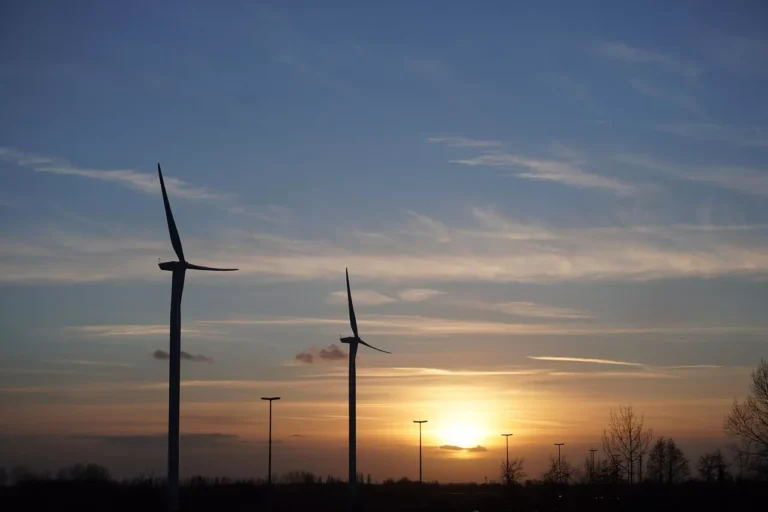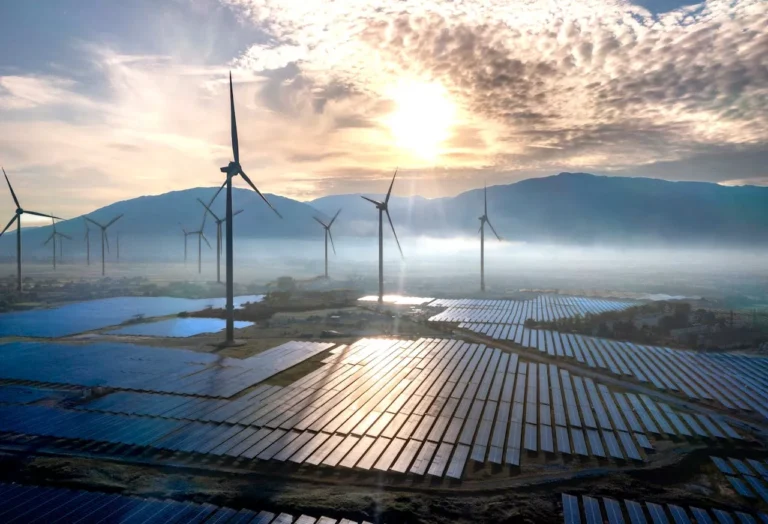
WRA Report Warns of Rising Energy and Water Pressures from Data Center Boom in the Interior West, Calls for Immediate Policy Action
Western Resource Advocates (WRA), a leading nonprofit environmental organization focused on preserving the West’s land, air, and water, has released a comprehensive new report examining the mounting energy and water demands associated with the rapidly expanding data center industry across the Interior West. The report, titled Data Center Impacts in the West: Policy Solutions for Water and Energy Use, presents a compelling case for urgent regulatory reforms and policy interventions to avoid potential environmental and economic setbacks as digital infrastructure accelerates at an unprecedented pace.
As the global economy becomes increasingly digitized and reliant on artificial intelligence (AI), cloud computing, and data-intensive technologies, the physical infrastructure required to support this digital transformation — namely, data centers — has seen explosive growth. This expansion is especially visible in the states of Arizona, Colorado, Nevada, New Mexico, and Utah, where wide open spaces, relatively low electricity prices, and favorable tax conditions have attracted a wave of data center development.
However, this boom has not come without significant tradeoffs. The WRA report warns that unless state and regional authorities, electric utilities, and policymakers implement forward-looking strategies now, the growth of data centers could exacerbate climate pollution, place greater financial strain on electricity consumers, and put further pressure on already limited water resources in this arid region.
Forecasted Surge in Power Demand
According to the findings detailed in the report, electric utilities operating in the Interior West are forecasting a dramatic increase in energy demand — more than 50% — over the next decade. This increase is largely attributed to the rapid proliferation of data centers and the intensive energy use they require, particularly due to the need for 24/7 computing and air conditioning systems that prevent overheating of server hardware.

What’s particularly striking, WRA notes, is that this level of energy demand growth over just the next five years alone will exceed the total infrastructure capacity that took over a century to build. The speed and scale of this energy demand expansion pose complex challenges for utilities, state energy regulators, and lawmakers who must now respond to a quickly shifting landscape with systems that are not yet equipped to accommodate it.
“We are at a critical inflection point,” said Deborah Kapiloff, a policy advisor with WRA and a lead contributor to the report. “The expansion of AI and other high-performance computing technologies has triggered a frenzy of data center construction that is forcing us to rethink how we generate, distribute, and manage electricity. We are being called upon to expand our energy grid at a scale and speed that is unprecedented — and we simply cannot afford to get it wrong.”
Kapiloff cautioned that if utilities continue to build out energy supply without sufficient planning or policy oversight, residential and small business customers could end up footing the bill through higher electricity rates. More importantly, she warned that the region’s efforts to decarbonize the power grid — long seen as essential for mitigating the worst effects of climate change — could be derailed by a resurgence in fossil fuel reliance to meet immediate data center needs.
Enormous Water Consumption Adds Another Layer of Risk
In addition to the energy demands, the report highlights the considerable water footprint of data centers, which use large quantities of water primarily for cooling purposes. Without the implementation of water-efficient cooling technologies or commitments to water reuse, the surge in data center construction could significantly increase the draw on water supplies in one of the driest regions of the country.
WRA’s analysis estimates that if projected data center growth materializes as forecasted, facilities across Arizona, Colorado, Nevada, New Mexico, and Utah could collectively consume over 21,600 acre-feet of water annually by 2035 — equivalent to about 7 billion gallons. For perspective, that’s enough water to meet the annual needs of approximately 194,000 people, based on average municipal consumption.
In states already struggling with historic drought conditions, water scarcity, and competing demands from agriculture, residential development, and conservation, this level of consumption could have serious implications. The report underscores the importance of adopting water conservation measures alongside energy strategies to ensure that communities are not left to deal with the consequences of unchecked industrial growth.
A Roadmap for Responsible Data Center Development
Rather than sounding an alarm without offering solutions, WRA’s report lays out a structured, three-pronged approach aimed at addressing the challenges posed by the data center boom. The report’s recommendations center on three overarching goals: advancing clean energy, preserving scarce water resources, and protecting electricity customers from cost burdens.
- Accelerate Clean Energy Deployment:
The report calls for utilities and state regulators to mandate that new data centers be powered by clean, renewable energy sources such as wind and solar. This can be achieved through renewable energy procurement mandates, time-of-use pricing, or dedicated renewable energy tariffs for large-load customers like data centers. WRA stresses that these facilities must not drive additional investment in fossil-fueled power plants, which would undermine regional climate goals and contribute to further air pollution. - Incentivize Water-Efficient Technologies:
Data centers should be required or strongly incentivized to adopt advanced water-saving technologies, such as closed-loop cooling systems, air-cooled equipment, or on-site water recycling. Additionally, policymakers can require impact assessments for water use during the permitting process to ensure that water-stressed communities are not disproportionately affected. Public reporting of water usage and sustainability performance would also increase transparency and accountability. - Ensure Ratepayer Protections and Fair Cost Allocation:
Given the size of data centers’ electricity loads, there is a risk that utilities may seek to spread the cost of infrastructure upgrades across all customers. WRA advocates for regulatory reforms that ensure data centers pay their fair share of the costs associated with their energy demand. This may include direct contribution to new transmission lines, substations, or generation assets built to serve their needs. Policymakers can also explore rate structures that insulate residential and small business customers from cross-subsidizing industrial growth.










